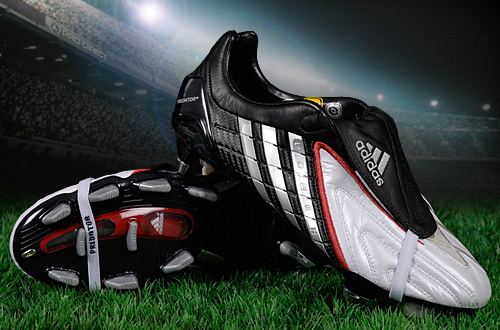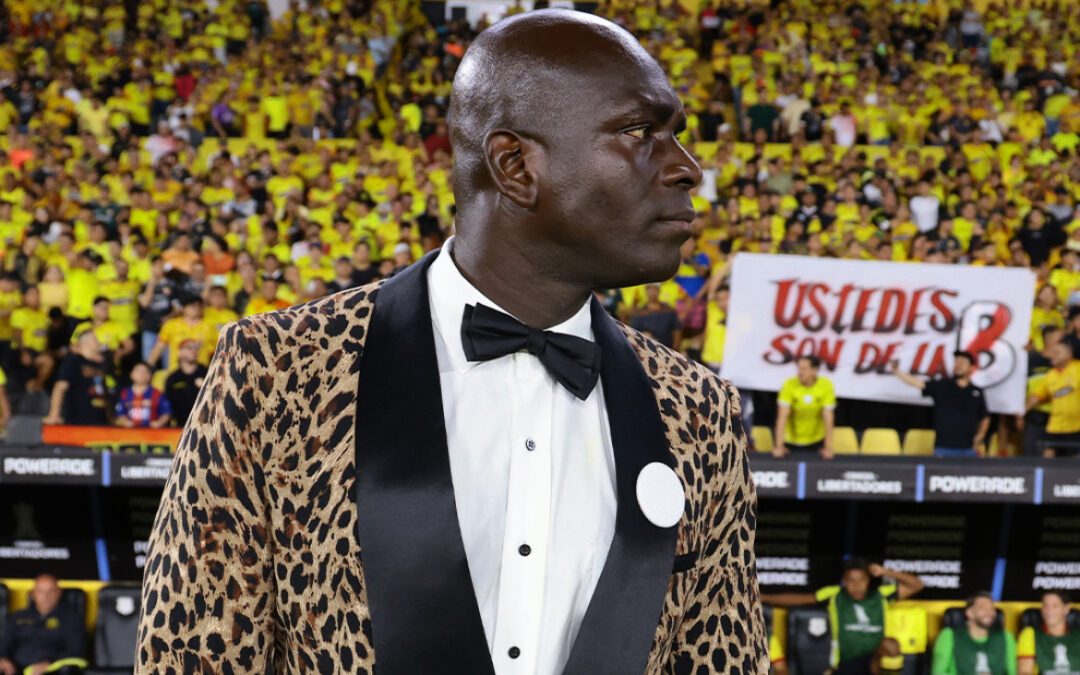It’s Boxing Day. Despite the mammoth hangover and a lack of energy spent on festive bickering, a few obscure relatives have joined you to watch a dreadfully embarrassing 1-1 draw at your beloved team’s home ground. For the duration, your new shirt that commemorates a trophy won 20 years ago, which someone spent almost £100 on, remained zipped away. That one mate’s been chewing your ear off with texts saying that they could have sorted one for a fraction of the price. You begin to wonder, “where have those glory days gone?”
In a recent Instagram post made by one of football’s largest online hubs, COPA90 revealed their ‘INs and OUTs’ for in and around the game in 2025. The ‘INs’, were a blend of concepts, managers, players and moments that they wanted to see more of in this new year, such as a return to FA Cup replays and long throw-ins. The ‘OUTs’ were the opposite, including throwback shirt designs, which they labelled as “lazy”.
Given that COPA90 has been producing football content for well over a decade and boasts over 1.3 million followers on Instagram alone, this is a pretty big claim. An interesting one too, as they also wish for more long sleeved shirts to be in circulation which have become a very retro feature to a strip; especially after Arsene Wenger’s retirement, as well as the MLS banning them in 2019 due to low demand.
So, are clubs and kit providers who recycle the designs of retro shirts just being “lazy”? The comments remained fairly indifferent however, Clara Cole is inclined to agree.
Cole is completing a Masters degree in Fashion Business and Management. Before that, she had a successful side-hustle on popular clothing app Vinted where she made accessories such as bucket hats out of football shirts. She also had a few shirts of her own to sell, retro and newer, helping fuel a passion for sports apparel that she has had from a young age.
“Lazy is a very strong word, as it does undermine the work that goes into making new shirts, of which there is a lot. But as I find myself looking for slightly better and less damning labels, I can’t help but feel that unadventurous, uncreative, repetitive and predictable all fall under a reasonably similar umbrella.
Don’t get me wrong, if a shirt based on an old design looks nice then I’m probably going to like it. However, I feel as though we need to move on a bit. Otherwise, it will become increasingly more difficult to affectionately consider today’s shirts as retro if more and more are just based on even older styles. To fully honour nostalgia, we should want to remember OUR era, not our parents’!”
It’s often that football fans crave a bit of nostalgia from time to time and a retro shirt getting rebooted can be an effective people pleaser. Although, Cole’s suggestion of moving on from the past does has a little more substance:
“I’m so pleased to be a football fan in an era where women are being represented within the industry now more than ever. For me, football as a space and its reputation has improved significantly and clinging to past shirt designs, even if it’s ceremonial and harmless, just feels like a backwards step.”
For two separate away shirts from the 2017/18 and 2021/22 seasons, Manchester United redesigned the iconic blue and white shirt first worn by the legendary ‘Class of ‘92’. As the original design has always been a favourite amongst the Red Devils’ supporters, the re-releases helped them reminisce how the likes of David Beckham, Paul Scholes and Gary Neville used to be the talk of the town.
However, many would argue that the shirt had the strongest connection to Ryan Giggs, as not only was he such an exciting talent at the time but he also went on to appear for the club more than any other player in its history. Although, at the end of the 2021/22 season (the shirt’s 30th anniversary), he stepped down from his role as the Wales manager after being charged with controlling and coercive behaviour and assault against his ex-girlfriend and her sister.
Giggs’ poor reputation has undoubtedly affected the legacy of what was one of the most memorable English shirts in history. In this context, it would definitely be a good idea to move on from the past. Cole also suggests that kits could now be used to generate positive change off the pitch:
“I love what Arsenal have been doing with their ‘No More Red’ initiative. Their ‘whiteout’ shirts are such a clever way to raise awareness of knife crime and I think other, particularly big clubs should try and follow suit with different issues. Football shirts that are actually worn in games would be extremely efficient tools to spread useful messages, rather than be a museum exhibit or billboards for gambling and random holiday destinations.”
Sticking with football shirts impact off the pitch though, there is controversy amid the rising costs of official sports memorabilia. Would it not make more sense for clubs to recycle the shirts themselves, instead of retro designs?
For example, Brentford and Luton are two clubs that are sticking with the same designs for the shirts for more than one season. This is done for environmental reasons, to ensure that shirts aren’t over-produced, as well as with the fans’ wallets at heart.
Gareth Davies has been collecting football shirts for 30 years and says that “clubs keeping old players as ambassadors or board members has always been a way to maintain strong ties to their history – but this can’t be monetised as well as a shirt or training top that they can charge £80 for.”
There are a couple of sad truths behind Davies’ words. One being that a lot of clubs, big and small, will charge as much as they like for their merchandise. A second being that shirts, whether they’re the original or redesigned, are probably the best way to encapsulate and uphold the history, legacy and culture of a football club.
Davies’ prized possession is the one-off shirt Manchester United wore in their 1991 European Cup Winners’ Cup triumph. He cites it as the main thing that helps him remember the success and it fuels blissful reminiscing of his favourite ever player Mark Hughes’ “absolute peach” to help win the game.
“They’ll sell more [retro inspired kits] to old fogies like me – rather than just kids. I think nice, little nods to successful periods in clubs history are a good thing and it makes the shirts unique.
I don’t think it’s lazy, either. It’s much better than having a generic Nike or Adidas kit design that you share with 20 other clubs!”
Is it lazier for designers to make one shirt design for several clubs rather than redesign retro ones? Probably, but that is a little subjective. Certainly though, fans want retro for reasons other than history. The recent rise in the thrifting has led to a newfound appreciation for retro shirts. Businesses like Classic Football Shirts have thrived as a result of an increasing demand for anything vintage. If brands are following what designs their customers want, how can it be “lazy” for them to establish a functioning formula?
Puma recently released a competition for fans to design a new kit for Manchester City. In order to further debunk the laziness theory, Andrew Leech, a Football Coaching Sixth Form teacher, says that “some of these designs made by the fans have got retro elements added. This shows the fans consider and like retro designs and it is still part of the decision making process.
Bringing old shirts back highlights how fans have grown with a club and that the history isn’t being forgotten. A shirt that is re-released can bring back memories like my mum and dad bought me that shirt from 20 years ago.”
Leech also says that the players appreciate nods to their club’s history and how “if a kit is re-released, this can bring back memories of success and even help with the extrinsic motivation for the players.”
Clubs and kit designers basing a new shirt on an old design is objectively more “lazy” than coming up with a new one. However, taking the fans’ preferences into account by adding retro spins to new designs for either cosmetic or sentimental purposes is far from it. Giving the fans a shirt to remind them of their club’s past is much more meaningful than the same templates being used across all the leagues. It is important that those responsible do not “overkill” retro designs though, otherwise ‘retro’ will cease to exist.



